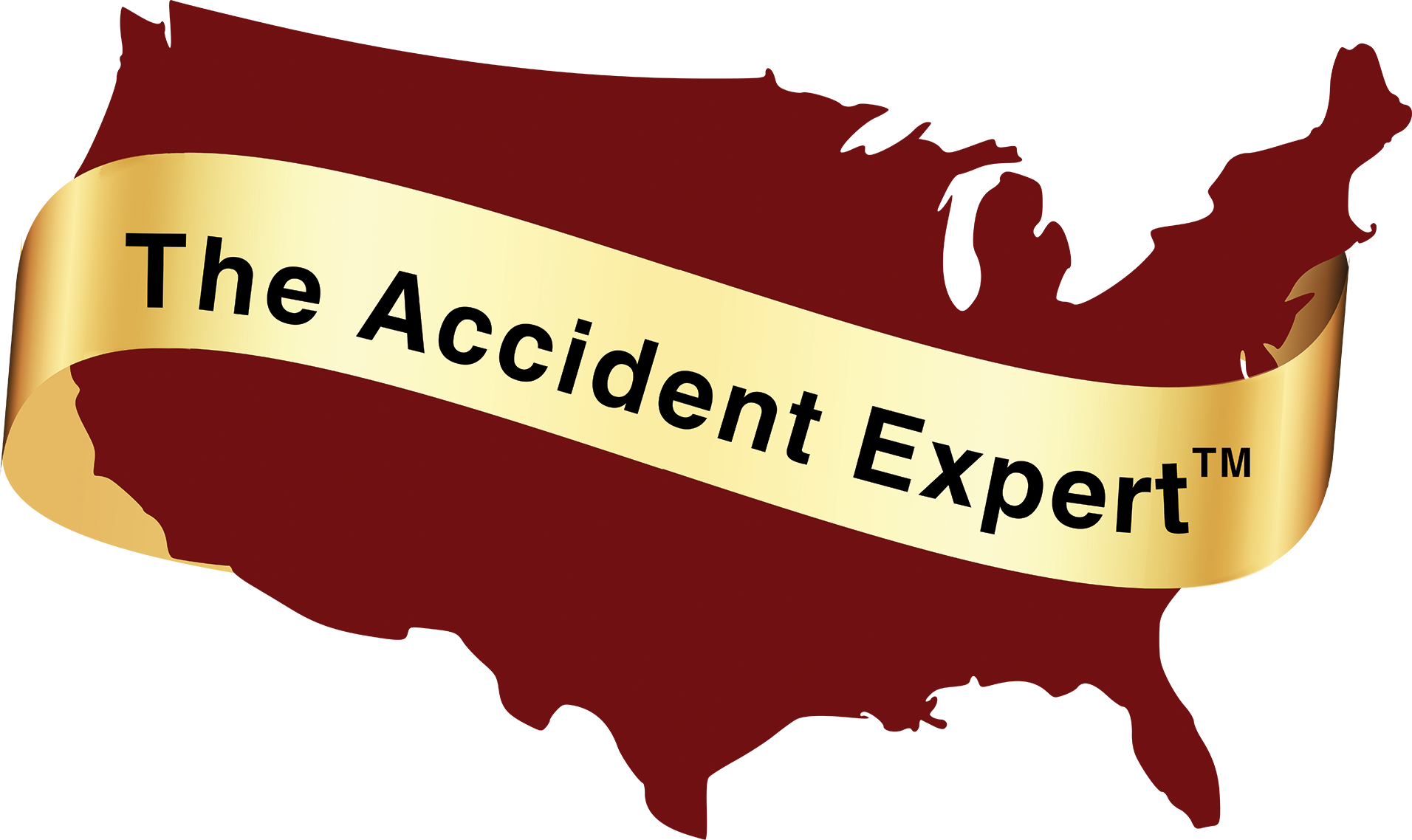Slips, Trips, and Falls
According to the National Center for Injury Prevention and Control, the number one leading cause of nonfatal injuries in 2013 was unintentional falls.
(Source: National Center for Injury Prevention and Control. (2016). 10 Leading Causes of Nonfatal Injury, United States 2013, All Races, Both Sexes, Disposition: All Cases.)
Falls are often the result of hazardous and unexpected conditions and occur for many reasons including but not limited to the following:
- tripping on broken sidewalks
- tripping over parking lot speed bumps
- tripping over wheel stops (a.k.a. parking bumpers)
- slipping on wet (or dry) floors
- stepping and sliding on an out-of-place object
While many defects should be well-known slip and trip hazards, often many property owners ignore the safety of others by allowing slippery surfaces and tripping hazards to remain underfoot.
The federal government mandated critical building standards which apply not only to those buildings which accommodate disabled persons but nearly all commercial and multi-family residential sites such as apartment buildings, condominiums, town homes, and more. Also, the Americans with Disabilities Act (ADA) and the Fair Housing Act (as amended in 1988) help to establish equal rights for disabled persons and mandate safety standards to be used in building design, construction, and maintenance.
At The Accident Expert™, when working with slip/fall and trip/fall cases, we apply three basic steps:
- Acquire necessary and relevant information
- Develop our analysis and issue reports as requested
- Participate in any legal proceedings
In gathering our information about a slip/fall or trip/fall case, we ask many questions, look at all of the evidence provided, and use this information to form our analysis. To do this effectively, we:
- Examine photographs relating to the incident
- Review incident reports
- Collect witness and participant statements
- Conduct an “executive interview” with knowledgeable persons and gather information as they tell us what happened from their point of view
- For slip/fall cases, test the slip-resistance of the surface with ASTM-approved test device
- For trip/fall cases, testing the lighting conditions of the area
- For trip/fall cases, measuring the ramp slope and height of handrails
The Accident Expert™ welcomes and encourages all inquiries regarding slip-fall or trip-fall cases.
